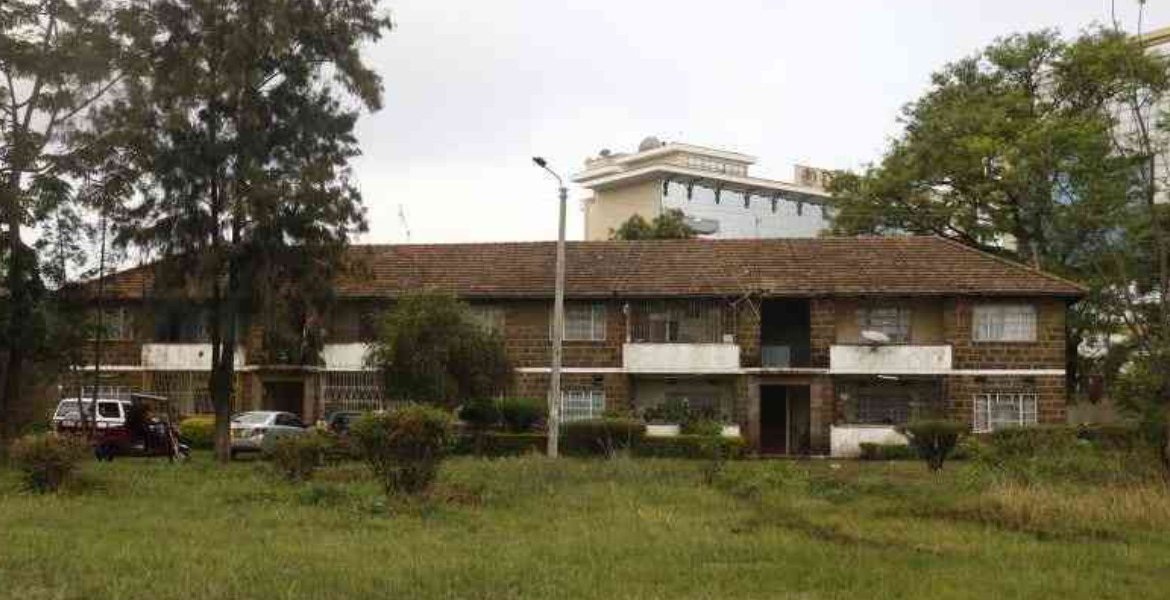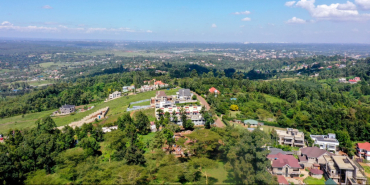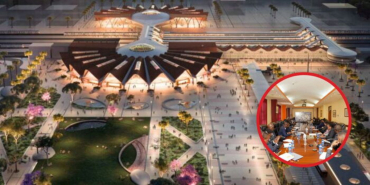Sakaja Plans High-Rise Redevelopment for 13 Nairobi Estates

The Nairobi County Government has begun demolishing ageing housing estates as part of a major redevelopment programme aimed at increasing residential capacity across the city.
The Nairobi Urban Renewal Project is targeting several estates built in the mid-20th century, which officials say are no longer adequate for the city’s growing population. With Nairobi’s daytime population estimated to exceed seven million, the county is seeking to replace low-density housing with modern high-rise developments.
Estates marked for redevelopment include Woodley, Bahati, Maringo, Jericho, Lumumba, Ziwani, Bondeni, Kariobangi, and Embakasi. In Woodley, for example, 43 bungalows housing fewer than 100 people are being replaced with 1,975 new apartments.
Similar plans are in place across other sites, with the aim of significantly increasing the number of housing units. Lydia Mathia, Chief Officer for Housing and Urban Renewal, described the project as urgent, citing a mismatch between population growth and available housing.
“We’re now dealing with numbers never imagined when the city’s foundation was laid,” she said. “If we don’t act now, the crisis will only deepen.”
Tenants affected by demolitions are being offered Ksh900,000 in relocation assistance and have been issued with legally binding allotment letters promising them a unit in the new developments once construction is complete. The county has set a construction timeline of two to three years for the new housing.
Some residents and advocacy groups have raised concerns about the process, including fears of forced evictions. However, county officials say the redevelopment is being carried out transparently and with community engagement. A public consultation campaign has been launched to gather feedback from residents, civil society organisations, and urban planners.
The Urban Renewal Project was first announced on the county government’s website as part of a broader affordable housing agenda. Authorities view it as a long-term response to Nairobi’s growing urban pressures, with projections suggesting the city’s population could reach 10 million by 2050.








Add new comment